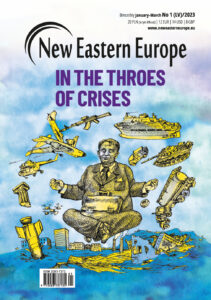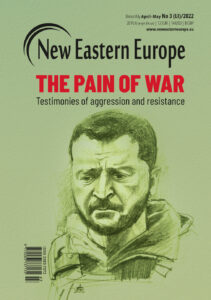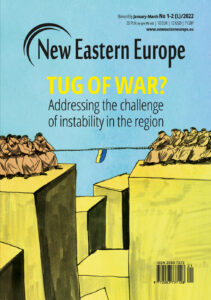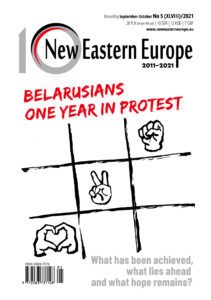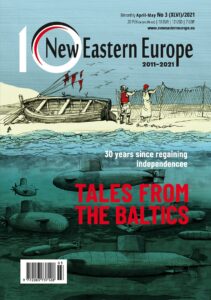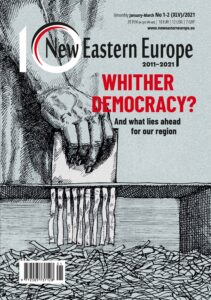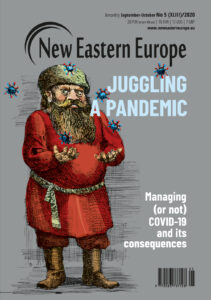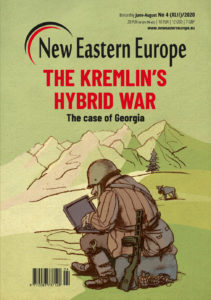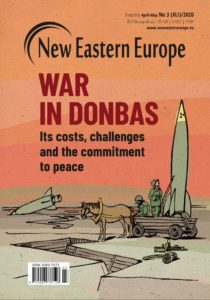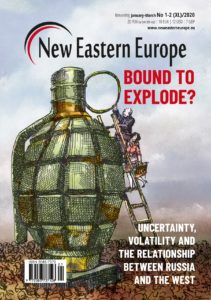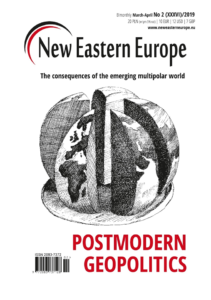Who benefits from the CSTO?
Almost two decades after its establishment, the Collective Security Treaty Organisation (CSTO) remains a difficult entity to define. Although often described as a vehicle for Russian foreign policy and a security guarantee for member states, it is anything but clear how the CSTO serves these purposes. Indeed, Moscow has always preferred to act unilaterally in the face of tensions in the vast Eurasian region, while member states repeatedly invoking the organisation's support have never obtained it. Furthermore, the limitations of the CSTO and the lack of clarity about its actual objectives have made it incapable of attracting new member states. Now that NATO's dramatic withdrawal from Afghanistan has been completed, new challenges await Russia and its partners. Is the CSTO ready?
December 2, 2021 -
Tatevik Hovhannisyan
Tiziano Marino
-
Articles and Commentaryissue 6 2021Magazine

While Russia's interest in the CSTO is easily understandable, the benefits to the organisation's partner states are less clear and deserve further investigation. Photo Russian Federation ministry of defence flickr page (CC)








